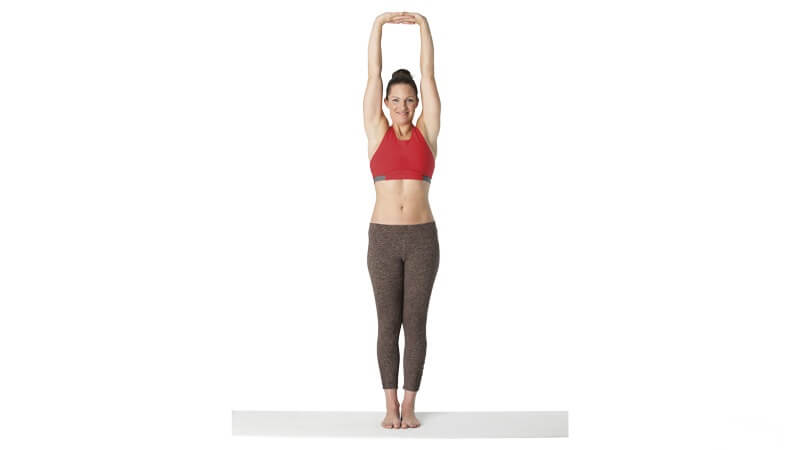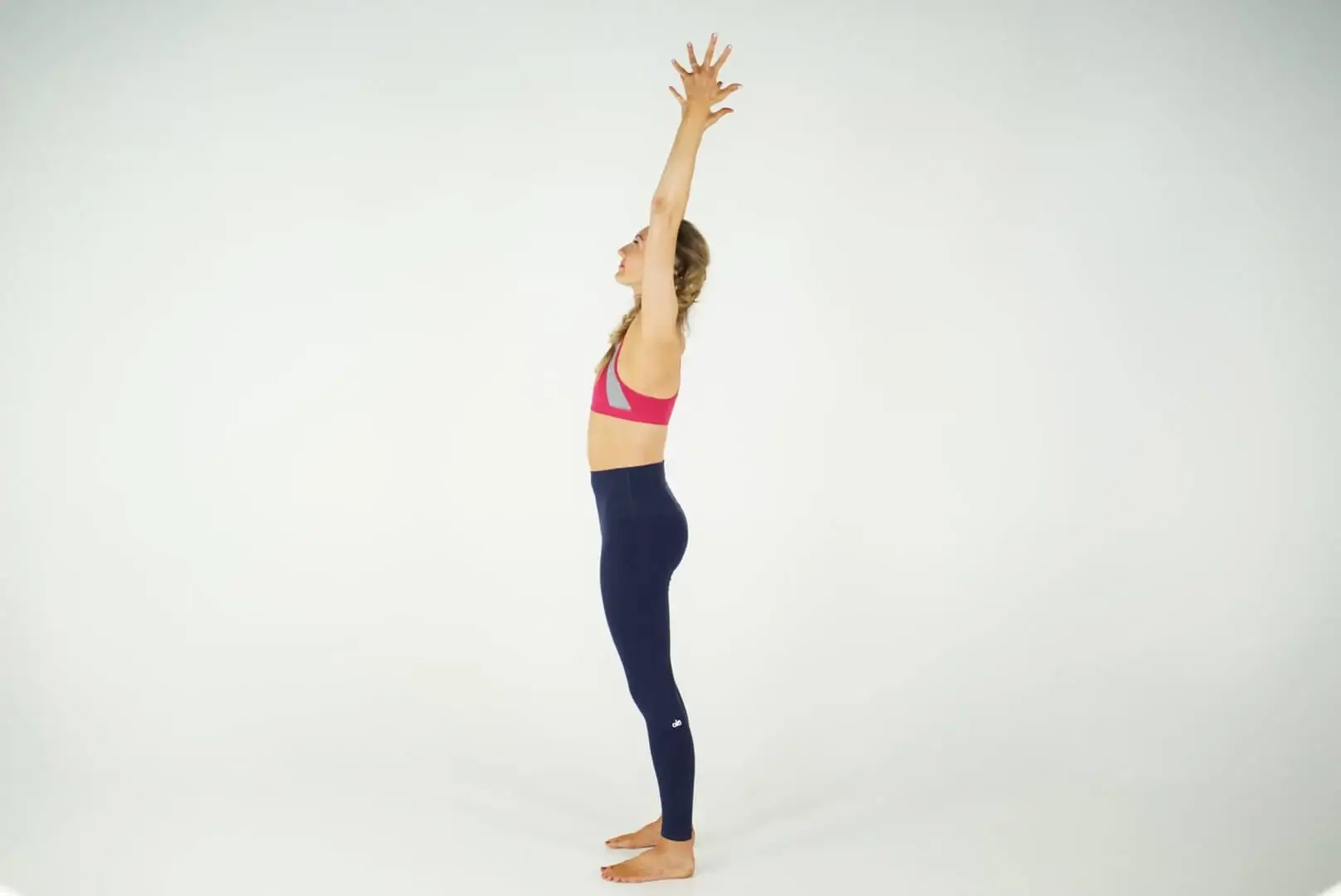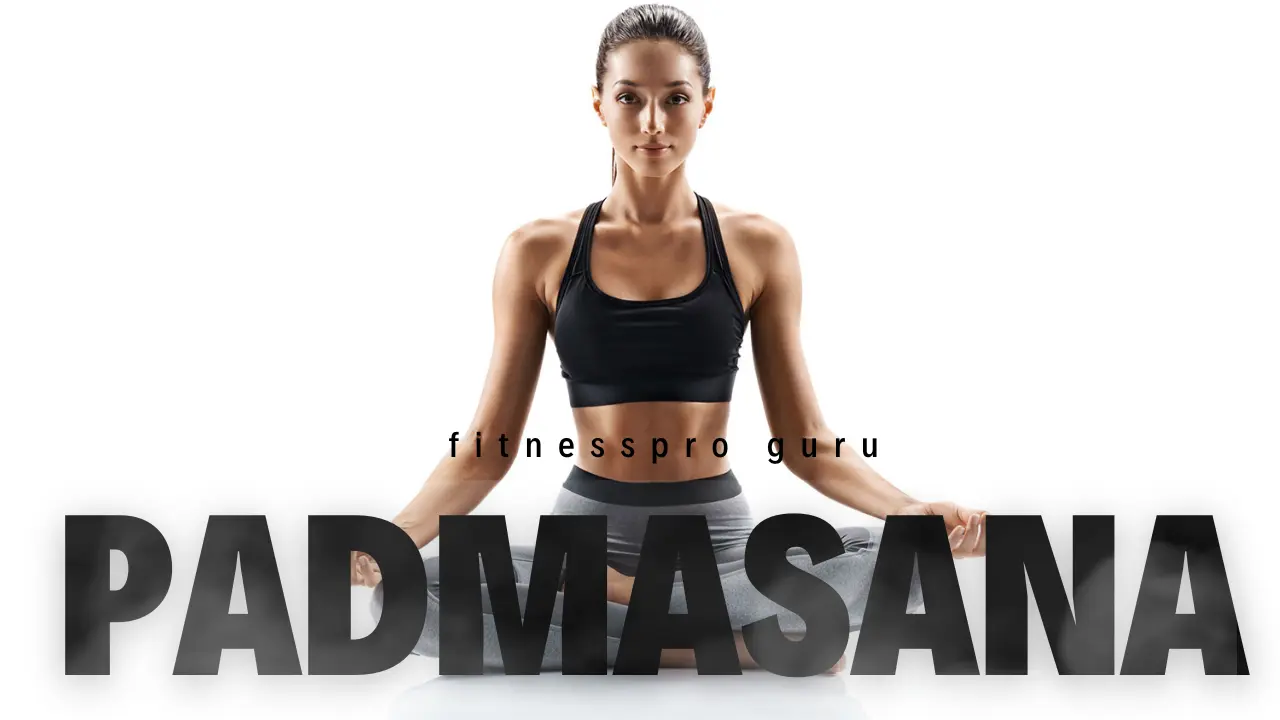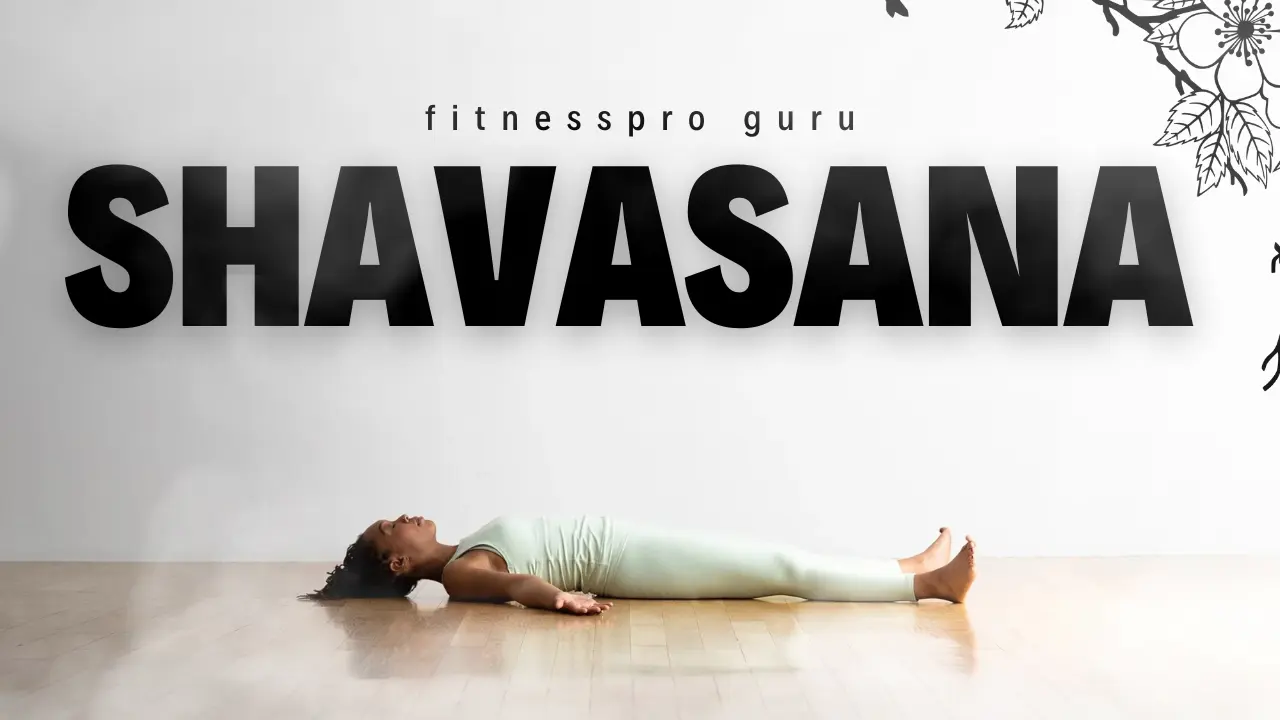“Unlock the Secret Benefits of Tadasana: Master the Mountain Pose for Improved Posture and Balance”

Tadasana, also known as Mountain Pose, is a foundational standing yoga pose that is often used as a starting point for many other standing poses. “Tada” means “mountain” in Sanskrit, hence the name Mountain Pose.
Step by Step
Come to a stand with your big toes touching.
- Lift up all of your toes and fan them out, then drop them back down to create a wide, solid base. You can separate your heels slightly if your ankles are knocking together uncomfortably.
- Let your feet and calves root down into the floor.
- Engage your quadriceps (the muscles on the front of your thighs) and draw them upward, causing your kneecaps to rise.
- Rotate both thighs inward, creating a widening of the sit bones.
- Maintain the natural curves of your spine.
- Tone your belly, drawing it in slightly.
- Widen your collarbones and check that your shoulders are stacked over your pelvis.
- Shrug your shoulders up to your ears and then roll them back to release your shoulder blades down your back.
- Let your arms hang naturally with the elbows slightly bent and the palms facing forward.
- Your neck is long, your chin is neither tucked down nor lifted up, and the crown of your head rises toward the ceiling.
- Once you have checked all your alignment points, take 5 to 10 breaths while you hold yourself in this position.
Tadasana helps improve posture, balance, and body awareness. It promotes a sense of stability and calmness while strengthening the legs, ankles, and core muscles. Practising Tadasana regularly can also help improve concentration and focus.
Benefits
The practice of Tadasana, or Mountain Pose, offers several benefits for both the body and mind. Here are some key benefits of incorporating Tadasana into your yoga practice:
- Improved Posture: Tadasana helps align the spine, shoulders, and hips, promoting good posture and reducing the risk of developing postural imbalances.
- Increased Body Awareness: By practising Tadasana, you develop a greater sense of body awareness, which can help you recognize and correct misalignments or tension in other poses or daily activities.
- Enhanced Balance and Stability: Tadasana strengthens the muscles of the legs, ankles, and feet, improving balance and stability both on and off the mat.
- Core Strengthening: Engaging the abdominal muscles in Tadasana strengthens the core, providing a solid foundation for other yoga poses and supporting overall stability.
- Stress Relief and Calmness: Tadasana encourages deep breathing and relaxation, helping to reduce stress and anxiety, and promoting a sense of calmness and mental clarity.
- Increased Energy and Vitality: This pose activates and energizes the body, boosting circulation, and stimulating the nervous system, which can help increase overall energy levels.
- Improved Focus and Concentration: The practice of Tadasana requires mental focus and concentration, which can enhance your ability to stay present and focused in other areas of life.
- Heightened Mind-Body Connection: Tadasana cultivates a strong mind-body connection, allowing you to develop a deeper understanding of your body’s alignment and movement patterns.
- Improved Breathing: Tadasana encourages deep, diaphragmatic breathing, promoting efficient oxygen intake and enhancing respiratory function.
- Overall Well-being: Regular practice of Tadasana contributes to an overall sense of well-being, promoting physical strength, mental clarity, and emotional balance.
Incorporating Tadasana into your yoga practice can bring these benefits, helping you cultivate a stronger, balanced, and more centred self.
Precaution
While Tadasana (Mountain Pose) is generally safe for most people, there are a few precautions to keep in mind to ensure a safe and effective practice:
- Avoid Overexertion: Be mindful not to push yourself too hard or strain your muscles while practising Tadasana. Start with gentle movements and gradually increase your intensity and duration over time.
- Joint or Spinal Injuries: If you have any existing joint or spinal injuries or conditions, such as herniated discs or arthritis, it’s important to modify the pose accordingly or consult with a qualified yoga instructor or healthcare professional before practising Tadasana.
- Balance Issues: If you have balance issues or feel unsteady on your feet, it’s advisable to practice Tadasana with the support of a wall or a sturdy chair nearby for added stability and safety.
- High Blood Pressure or Dizziness: If you have high blood pressure or tend to experience dizziness or lightheadedness, practice Tadasana with caution. Avoid raising your arms overhead or hold them at a lower level to prevent any sudden drops in blood pressure.
- Pregnancy: If you’re pregnant, it’s important to modify Tadasana to accommodate your changing body. Avoid deep backbends or compressing the abdomen. Consult with a prenatal yoga instructor for guidance on modifications suitable for pregnancy.
- Recent Surgery or Injury: If you’ve had recent surgery or are recovering from an injury, it’s crucial to consult with your healthcare provider or a qualified yoga instructor before practising Tadasana to ensure it is safe and appropriate for your condition.
- General Guidelines: Listen to your body and respect its limitations. If you experience any pain, discomfort, or dizziness during the practice, ease out of the pose and take a break. If symptoms persist or worsen, consult with a healthcare professional.
Remember, it’s always advisable to practice under the guidance of a qualified yoga instructor, especially if you are new to yoga or have specific health concerns. They can provide personalized guidance, modifications, and adjustments based on your individual needs and abilities.






